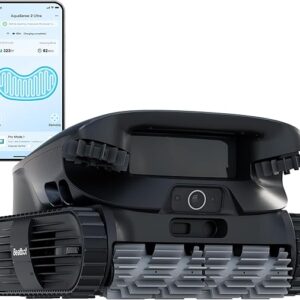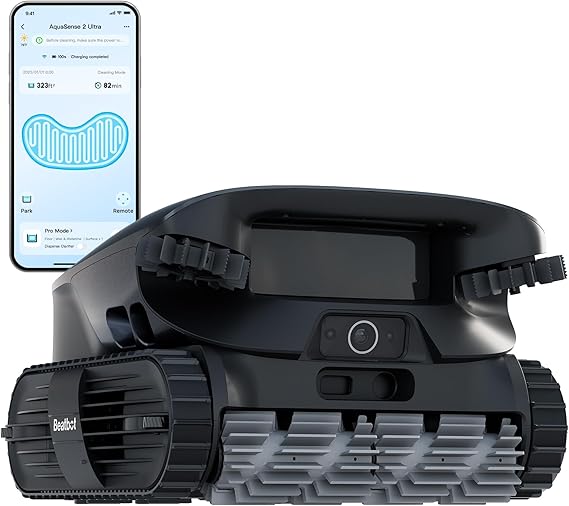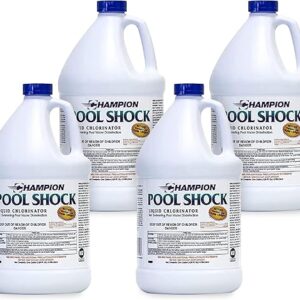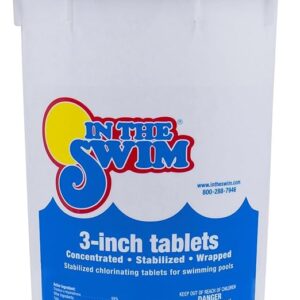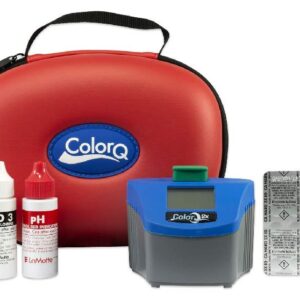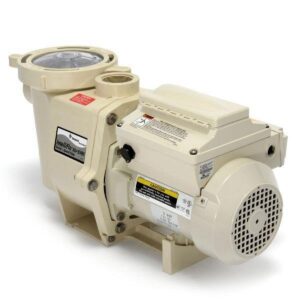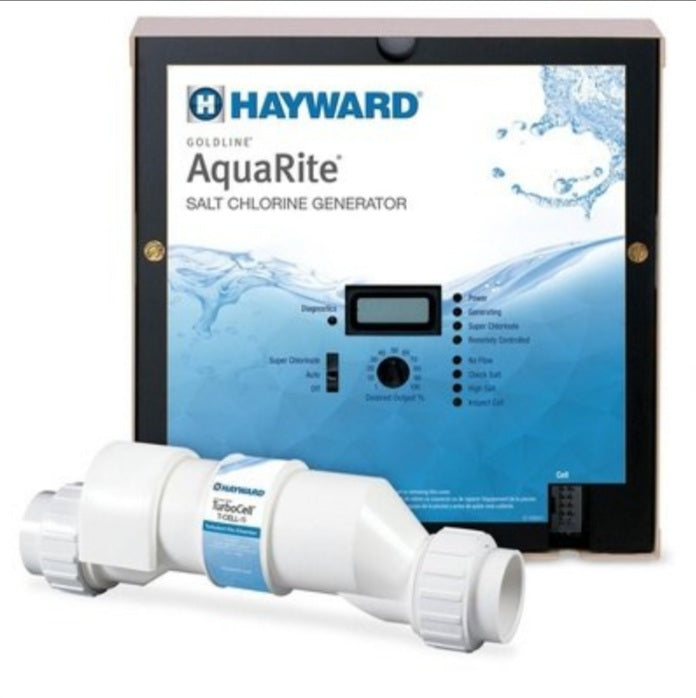How to Select the Right Swimming Pool Filter
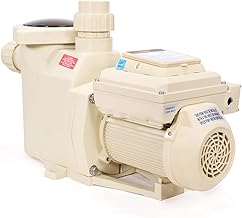
Swimming pool filter cleans your water by removing debris and dead bacteria that might get into your pool and make your water dirty and cloudy.
Whether for residential or commercial pools, inground or above-ground pools, there are three types of swimming pool filters and to know which is best for you, you have to know a few things including the right size pool filter, how they work, how to maintain each, how efficient they are and their prices.
To set up a filter in an above-ground swimming pool, you will use special strong hose pipes to connect the filter to the pool to let water in via return jets, and a hose to connect the pump to the pool to draw water from the pool.
How to Size Pool Filter: Pump Flow Rate and Turnover Capability
To increase filter efficiency in cleaning your pool water and avoid excessive cleaning, it is advisable to choose the right size pool filter. Getting the right size pool filter will also make sure you don’t overwork both the pump and filter so they will last longer.
To select the right size filter for your pool, consider two main features and that is your pump’s flow rate and the filter’s turnover capability. For example, if you have a pump that pumps water at the rate of 70 Gallons Per Minute (GPM) flow rate and your pool is 40,000 gallons, you will need a swimming pool filter with flow rate higher than 70 GPM and Turnover rate higher than 40,000 gallons, sizing a pool filter is that simple.
It is better to oversize your pool filter than to select a smaller filter for your pool because large filters will go longer between backwashes and cleanings, giving more swim times than cleaning, and also will make pump and filter last longer than when you choose smaller filter for your pool.
Types of Pool Filters
1) Diatomaceous Earth (D.E) Filter
D.E filter is the most efficient pool filter because it uses D.E filtering media, which is fossilized shells of diatoms (ancient algae) that filters particles as small as 1 to 3 microns, removing very fine particles that sand and cartridge filtering media cannot filter out.
However, D.E filter is the most expensive among all filters, which we can relate to it’s high efficiency level in trapping dirt, leaving a clear and sparkling pool water.
D.E filter powder is introduced into the filter by pouring it in to the skimmer. The powder then covers the fiber-coated grids and debris are trapped as water passes by.
D.E filter also needs regular cleaning or backwashing since it tends to clog much faster than sand and filters. This is because D.E filtering media filters down to 5 microns and trap large, medium, small and very small dirt.
Top D.E pool filter like Hayward ProGrid D.E Filter come with pressure gauge on tank, which indicates the speed of your pump. When D.E filtering media is clogged with dirt, the pressure gauge on filter tank will rise and your pump will be a little noisy.
When the pressure gauge rises by 8 to 10 psi, it’s time to backwash your D.E filter. If you notice backwashing cycle is reducing below 3 to 4 weeks, it’s time to clean your D.E filter and replace D.E filtering media.
Due to it’s high maintenance level, D.E filter is best for home swimming pools that are less busy. I cannot recommend D.E filter for a public swimming pool used by many swimmers in a day. Public pools tend to get dirty faster and it might be a lot of pool cleaning work if D.E filter is used.
2) Sand Filter
Sand filter is the most common type of pool filter due to it’s low maintenance level and cost effectiveness. Sand filter is the least efficient in filtering pool water because it uses standard filtration media called 20 Silica Sand, which can filter your water down from 20 microns to 40 microns.
Since the best quality sand filter media cannot filter out debris small than 20 microns, swimming pools using sand filter will need more pool cleaning work and sometimes water clarifying chemical to avoid persistent cloudy water formed by debris and dead bacteria. However, sand filter does not clog easily and is best for public or commercial pools that get dirty easily and faster due to high swim-load.
Like D.E filter, sand filter will come with pressure gauge on the filter tank that will let will let you know your filter is clogged and it’s time to backwash your sand filter, and that is when pressure gauge rises by 8 to 10 psi.
Make it a routine to read your filters pressure gauge and to listen to your pump, if pressure gauge is rising and pump is a little noisy, backwash your sand filter and this is always after at least one week.
Latest models of sand filter like Hayward ProSeries Sand Filter come with large pressure gauge and will contain higher pressure from the pump.
If you ignore to backwash your sand filter when you need to, your swimming pool water will turn cloudy with dirt and will not clear up even if Free Chlorine Level (FCL) is fine including all other chemicals in your water.
20 Silica Filter Sand Alternatives
Filter Glass is the first alternative to 20 Silica Sand that can filter debris and bacteria down to 2 microns, has lifespan of 3 times longer than 20 Silica Sand, reduced backwashing cycle due to high efficiency in trapping even smaller debris making pool water cloudy.
Another great but less expensive alternative to 20 Silica Sand is ZeoSand, which catches more small particle than 20 Selica Sand and lasts for 5 years.
Types of Sand Filters
There are two types of sand filters: Top mount sand filter and side mount sand filter, depending on where the valve is mounted.
1) Top Mount Sand Filter
Top Mount Sand Filter has got valve settings fitted mounted at top of the tank. It’s cheaper than side mount sand filter, it also occupies less space because than side mount sand filter.
However, changing sand in top mount sand filter involves a little work than side mount filter since you have disconnect the pipes in order to remove the valve before replacing the sand.
2) Side Mount Sand Filter
Side Mount Sand Filter comes with valve settings mounted on the side of the tank. It occupies more space since valve is fitted on the side. Side mount sand filter is more convenient when it comes to changing sand because you don’t have to remove pipes and the valve to replace your filter sand.
How Does Sand Filter Work?
Sand filter tank is halfway filled with sand or any filtering media you choose to work with, allowing water to pass through the filter sand where debris and dirt are trapped, as clean water passes to the bottom of the tank where perforated plastic fingerlike are fitted to collect filtered water and move it to the pool.
3) Cartridge Filter
This is the third pool filter media. Cartridge filter is the cheapest and the easiest to maintain because it cleans easily and is faster to replace. It also occupies the least amount of space and more efficient than sand filter using 20 Silica Sand since it can filter down to 10 microns, which is half the smallest debris sand filter using Silica can catch.
To cater for different pool sizes, cartridge filters come either in single or quad styles. Single Cartridge filter allows only one filter element, 25 – 200 square feet and is therefore recommended for small to medium pools with light swimming load. Quad Cartridge filter has 4 filter elements, 200 – 700 square feet and is therefore recommended for large pools that are prone to more debris.
Water flows into the filter tank and passes through the polyester pleats, which then filter pool water. Pleated polyester filter media are fitted in a plastic cylinder. To clean cartridge filter, remove the polyester pleats from the tank and spray water on them using a hose to remove dirt and debris trapped in the filter media.
If very dirty and clogged with tough dirt, soak the cartridge filters in Muriatic acid solution before spraying water on them using a hose.
Cartridge filter may develop torn filter material, missing fittings, broken or missing air relief strainer and all these may affect quality of your swimming pool water and you need to be very careful when cleaning them, check for any torn filter and make sure you replace it to avoid allowing debris into your pool.
Cleaning cycle of cartridge filter depends on its size. Large capacity cartridge filters of around 300 square feet may need to be cleaned at least after every 6 six months, which is much longer period than the backwash cycle of Sand and D.E filters.
SwimClear Hayward Cartridge filters come in different sizes from 225 square feet to 700 square feet and you can choose the right size for your pool.
Cartridge filter is best for small home pools that are not very busy. Advantages of Cartridge filter is that It’s energy efficient and easy to clean, unlike sand and D.E filters that need frequent backwashing and uses slightly higher energy levels. Another advantage of Cartridge filter is that it saves up to 2500 gallons of water per year since you will not backwash like in the case sand and D.E filters.
Types of Filter Valves
There are two types of filter valves used in sand and D.E filters and they are:
1) Multiport Valve: This is the most common valve, which is very versatile and has 7 valve settings. Hayward Variflo Top Mount Valve comes with additional features like Waste (Drain) that you can use to drain and reduce pool water levels when necessary and Winter to winterize your pool.
Here are among the functions you will find in Hayward Variflo top mount valve or any multiport valve.
Filter: normal cleaning cycle of your pool
Backwash: When you need to backwash your filter by reversing the flow of water
Rinse: To further clean the filter after backwash
Recirculate: Circulate the water withing the pool without passing it through filter
Close:To stop water flow from getting past the filter
2) Slide Valve: Slide valve is designed for side mount filters. This can be best option if you have limited space or need a simple setup. Slide valve comes with only two setting and that is Filter and Backwash settings.

